Bringing learning and hope back to Ukraine through Pop-Up Schools
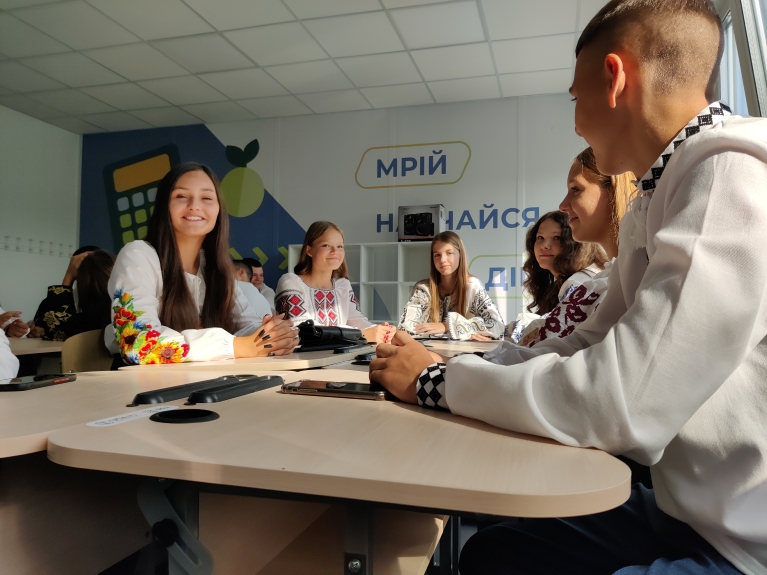
On June 12, the village of Shevchenkove in Mykolaiv Oblast marked a joyful milestone: the opening of a new Pop-Up School. Once under Russian occupation and left without functioning schools after repeated attacks—including a drone strike that destroyed their temporary school last summer—Shevchenkove had become a symbol of loss. Now, it stands as a symbol of renewal.
“As soon as the news spread in community chats, parents living abroad began calling to ask if their children still had placement,” said the school director. “Now they could consider coming home. Of course, we will take everyone back.”
Just days earlier, another Pop-Up School opened in nearby Pervomaiske—a frontline village where students had not attended school in person in nearly five years due to COVID-19 and the full-scale invasion. “There are children who’ve never seen a school desk,” said the head of the local Education Department. “They don’t know what to bring to school. They struggle to communicate with their classmates and teachers.”
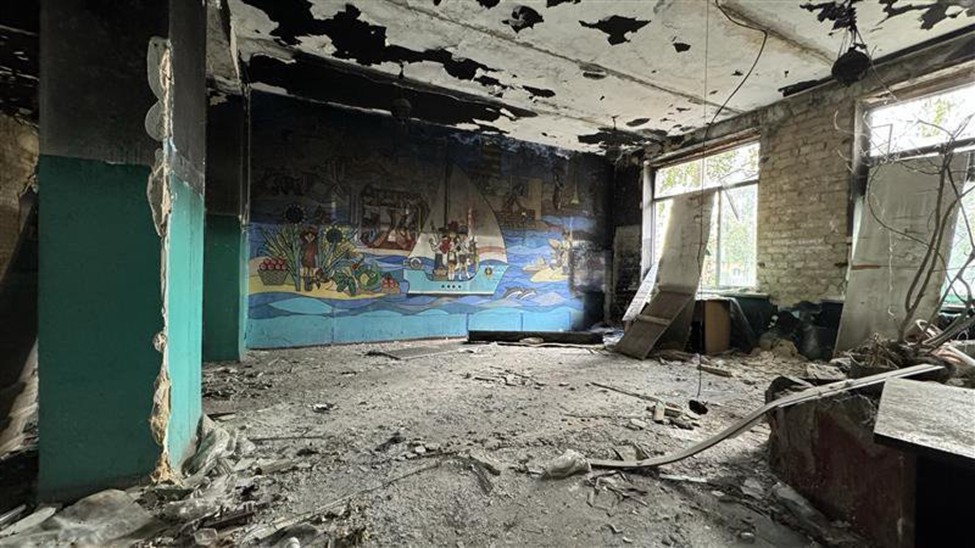
These schools are opening at a time when Ukraine’s education system is under immense strain. Russia’s full-scale invasion of Ukraine has destroyed or damaged over 3,000 schools, disrupting education for 5.3 million children. The widespread closure of schools has fueled displacement, stunted children’s academic and emotional development, and placed the country’s long-term stability and recovery at risk.
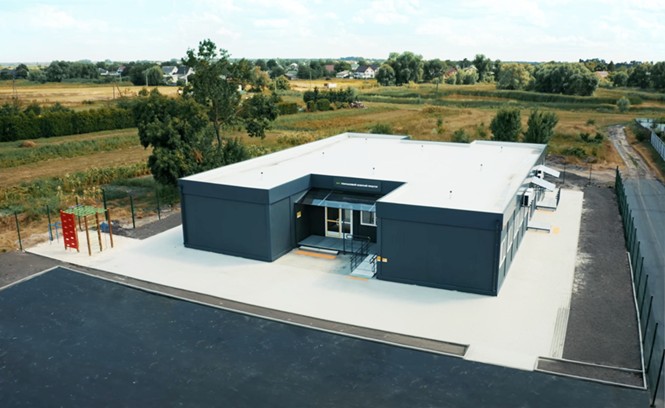
In response, IREX partnered with the savED Foundation and Ukraine’s Ministry of Education and Science to develop the Pop-Up School model—a fast, cost-effective, and community-driven solution to restore access to education in war-affected regions. Built entirely in Ukraine using local materials and labor, each school includes six classrooms, administrative space, indoor restrooms, climate control, modern teaching technology, and alternative energy sources. Fully accessible and located near bomb shelters, these schools offer safe and welcoming environments for in-person and hybrid learning. Partnerships with local government to provide infrastructure support and co-funding ensure Pop-Up Schools are locally owned and sustainable.
Since 2023, six Pop-Up Schools have been installed across Kyiv, Mykolaiv, and Dnipropetrovsk Oblasts, enabling nearly 1,900 students and over 220 teachers to return to classrooms. In communities where infrastructure is in ruins, these schools have also become community hubs—hosting psychosocial support, public meetings, and youth programming.
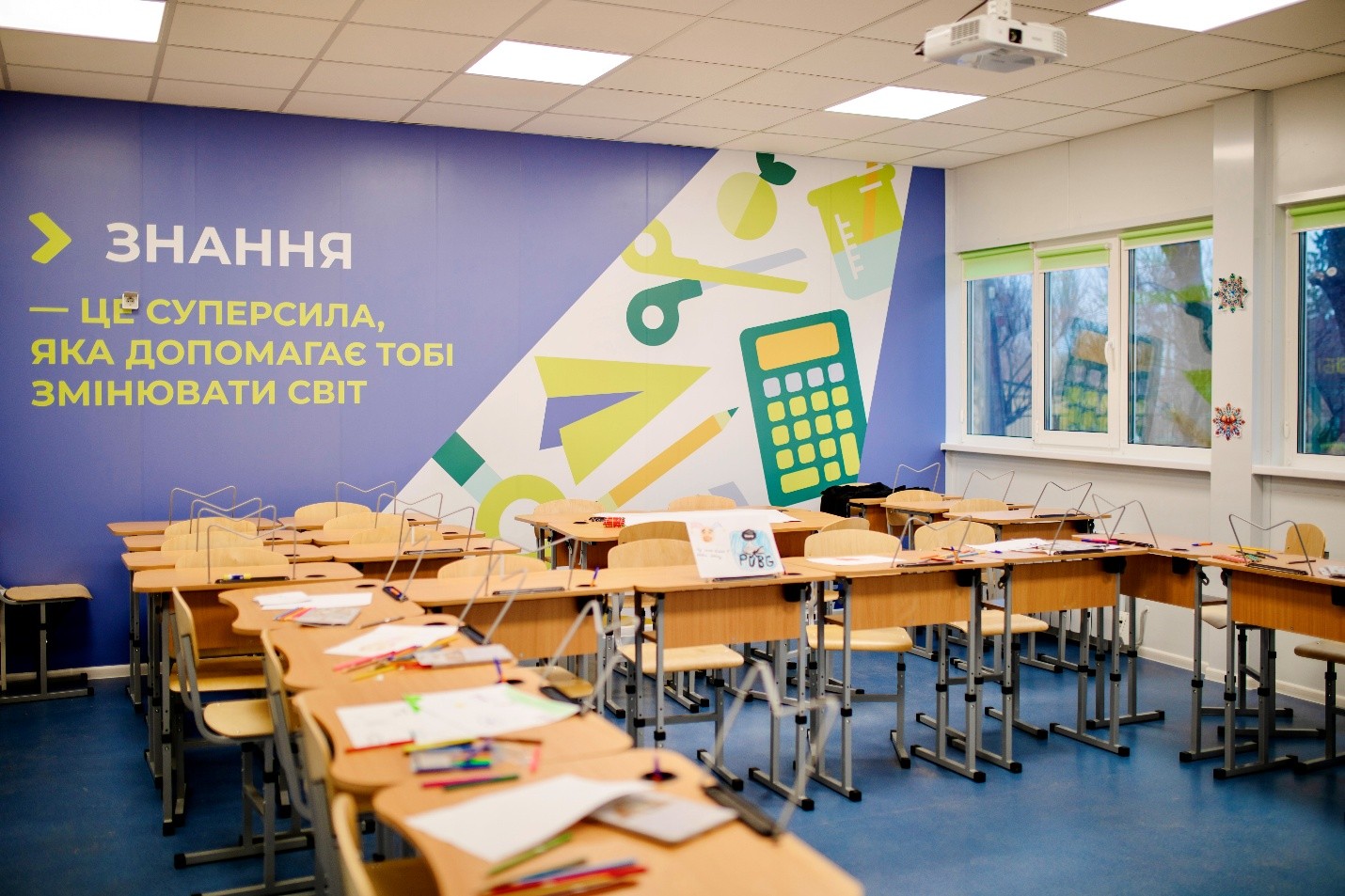
Each school is guided by a customized education recovery roadmap, developed with local governments and IREX’s partner savED. These plans address local needs—recruiting tutors, running catch-up programs to address learning loss, and offering training in trauma-informed, inclusive pedagogy. In 21 schools, over 1,000 students have participated in catch-up programs, with more than 80% showing measurable improvement.
In Apostolove, demand for in-person instruction surged after a Pop-Up School opened. “With the Pop-Up School, we restarted in-person learning—and smiles returned to children’s faces,” said the school principal. “Students began to regain the ability to interact—skills the war had taken from them. Without it, our teachers would have reached the point of complete burnout. The school is a ray of light and hope for a better future.”
Though modular and cost-efficient—taking just 5–6 months to install and costing $320,000–$450,000—Pop-Up Schools are built to last. Durable and multipurpose, they can serve communities for up to 20 years and remain valuable gathering spaces even after permanent schools are rebuilt. Recognized by Ukraine’s Ministry of Education, the model is now being scaled as a national blueprint for recovery.
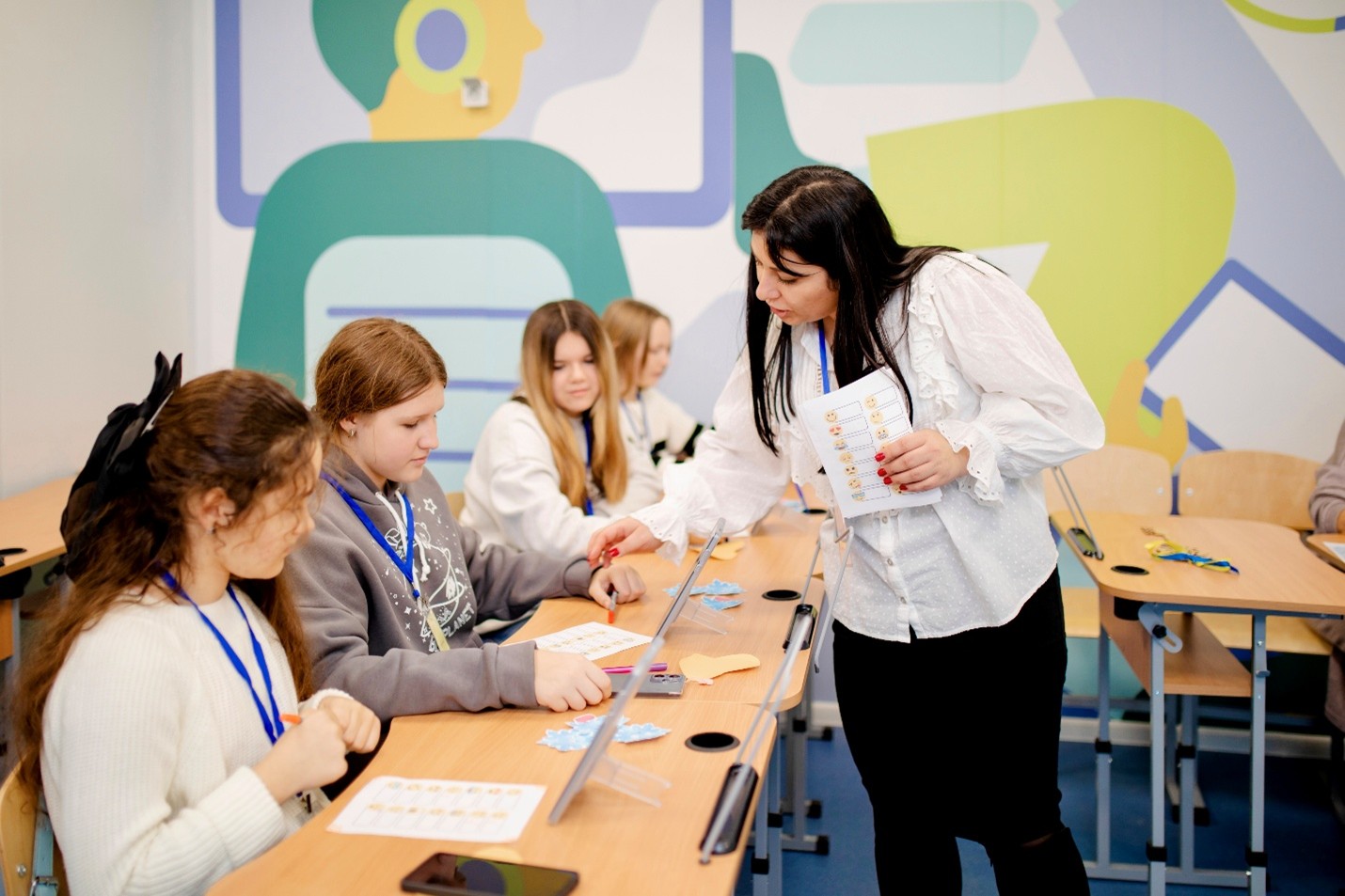
IREX has already identified four additional communities ready to receive Pop-Up Schools, with hundreds more still in need. The new openings in Pervomaiske and Shevchenkove show what’s possible when learning resumes: families return, communities rebuild, and hope begins to take root.
“Thanks to the Pop-Up School, we have a place to study again,” said a student in Bohdanivka. “My classmates are returning to the village. We can rebuild our lives here.”